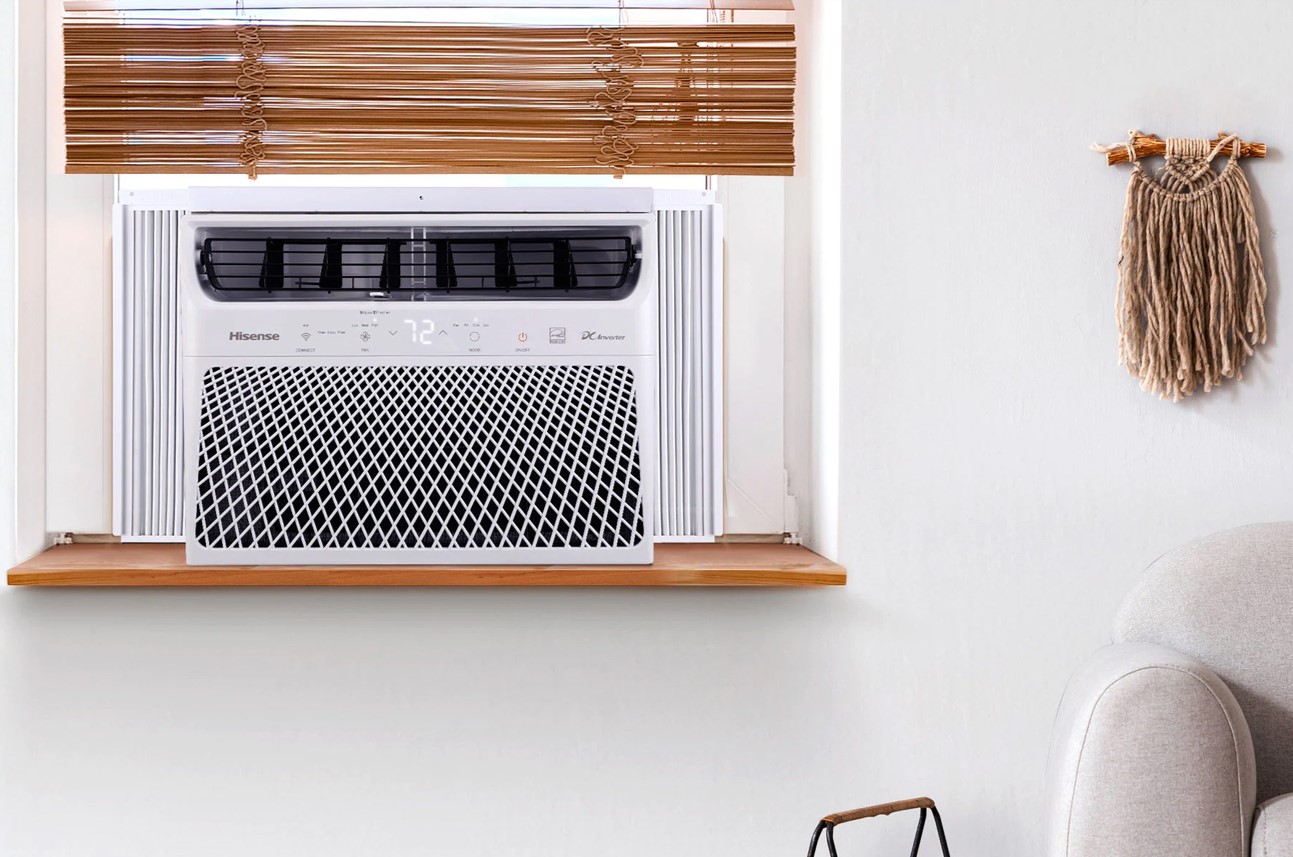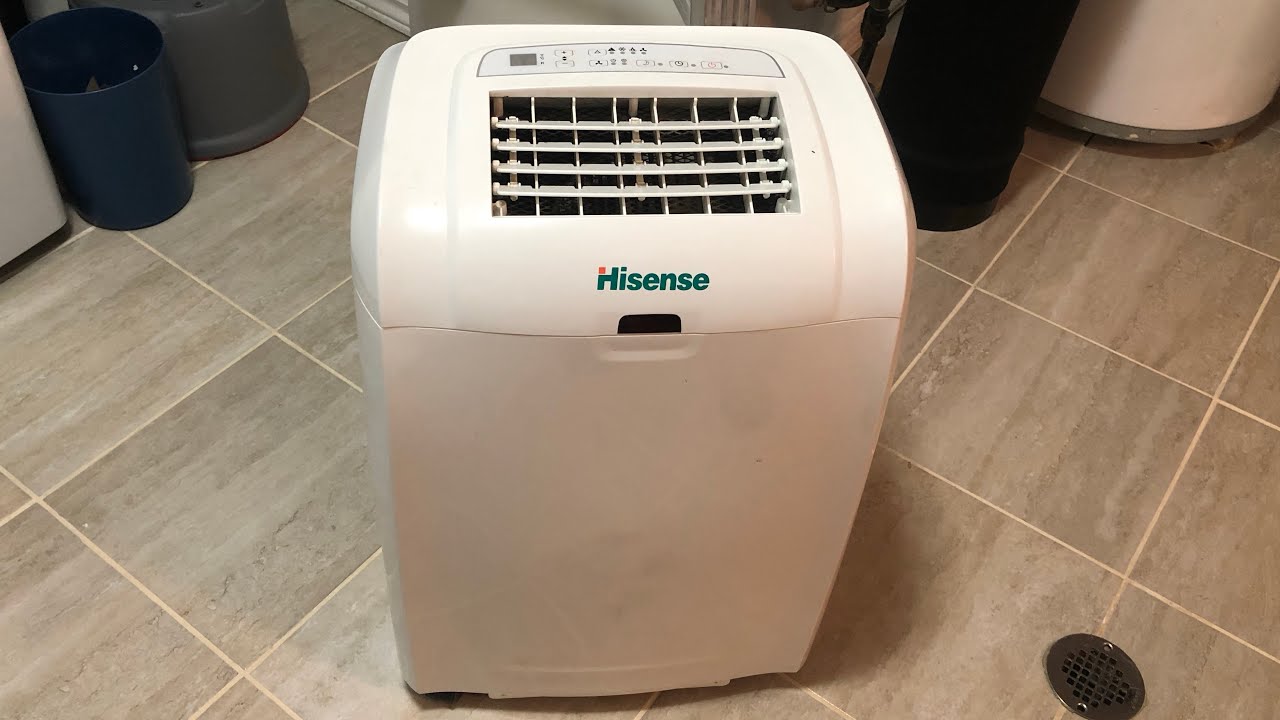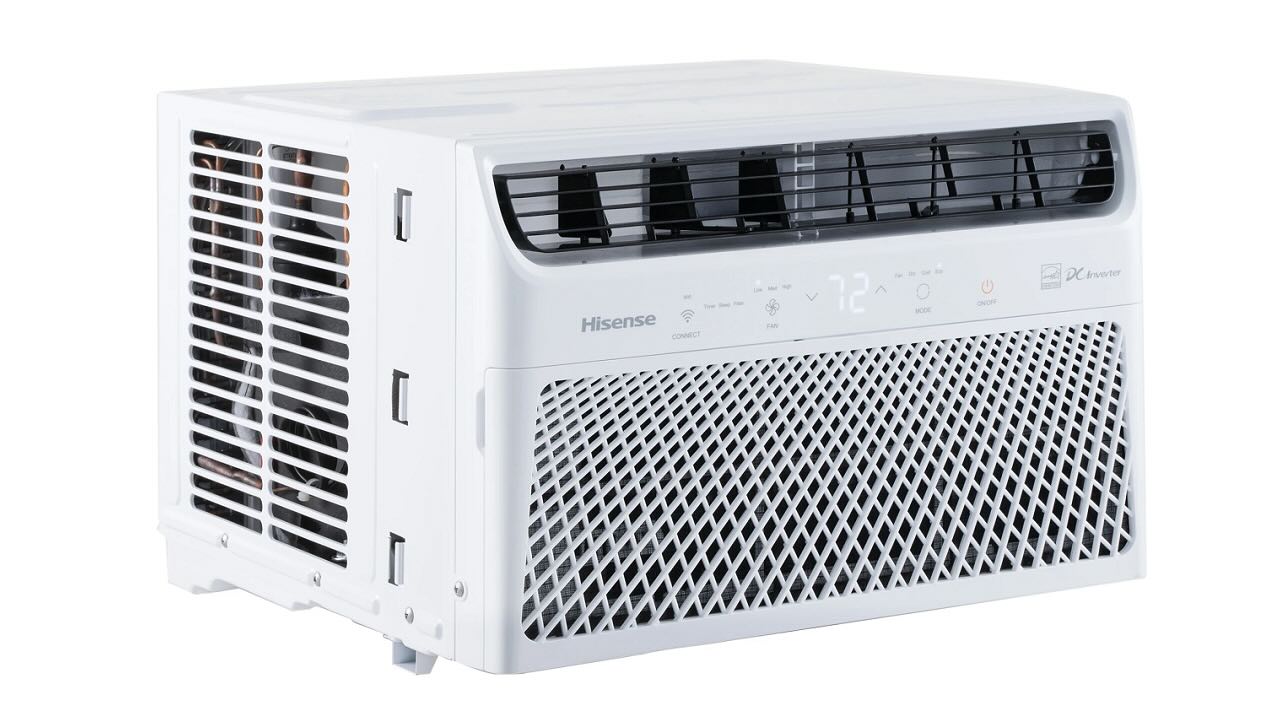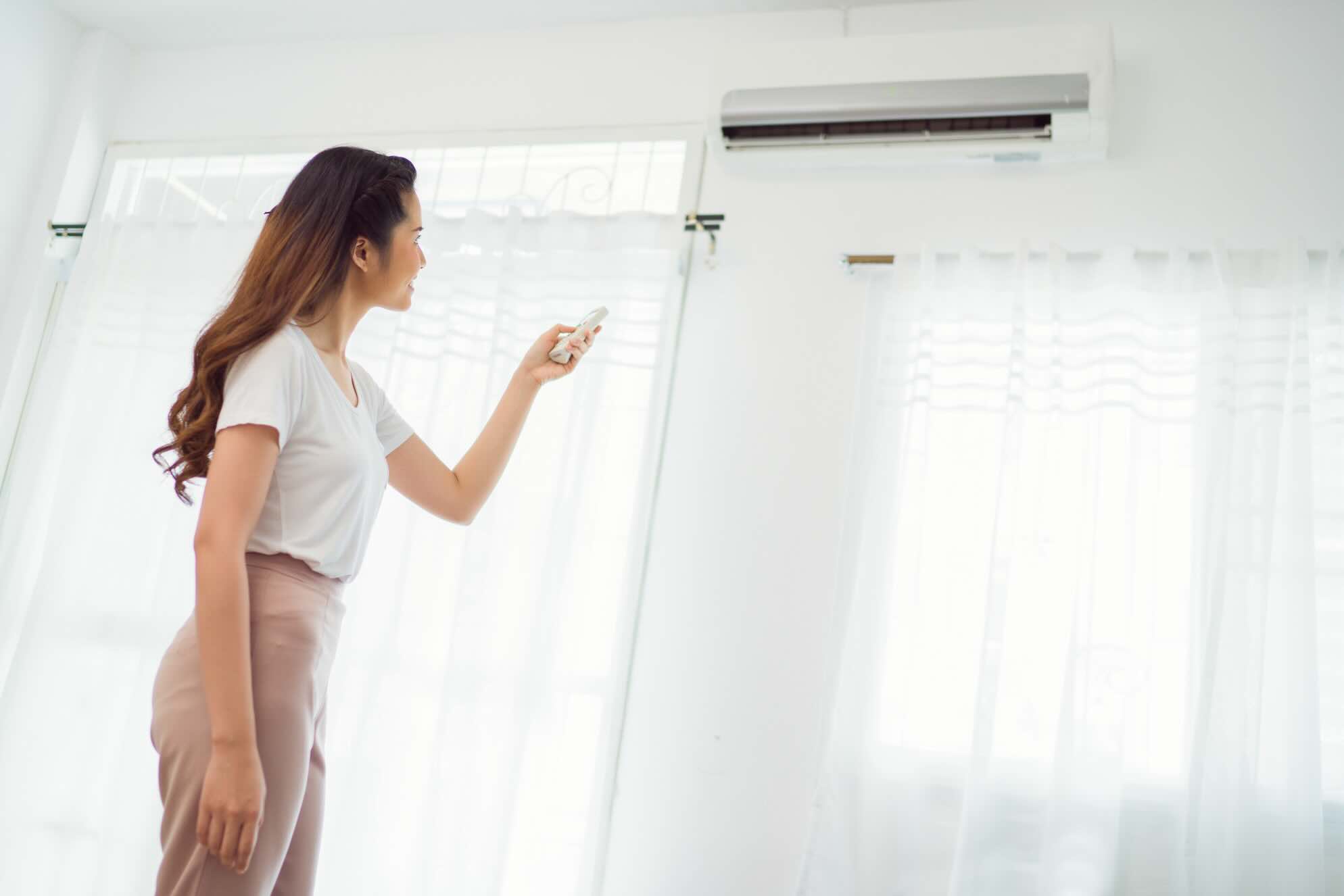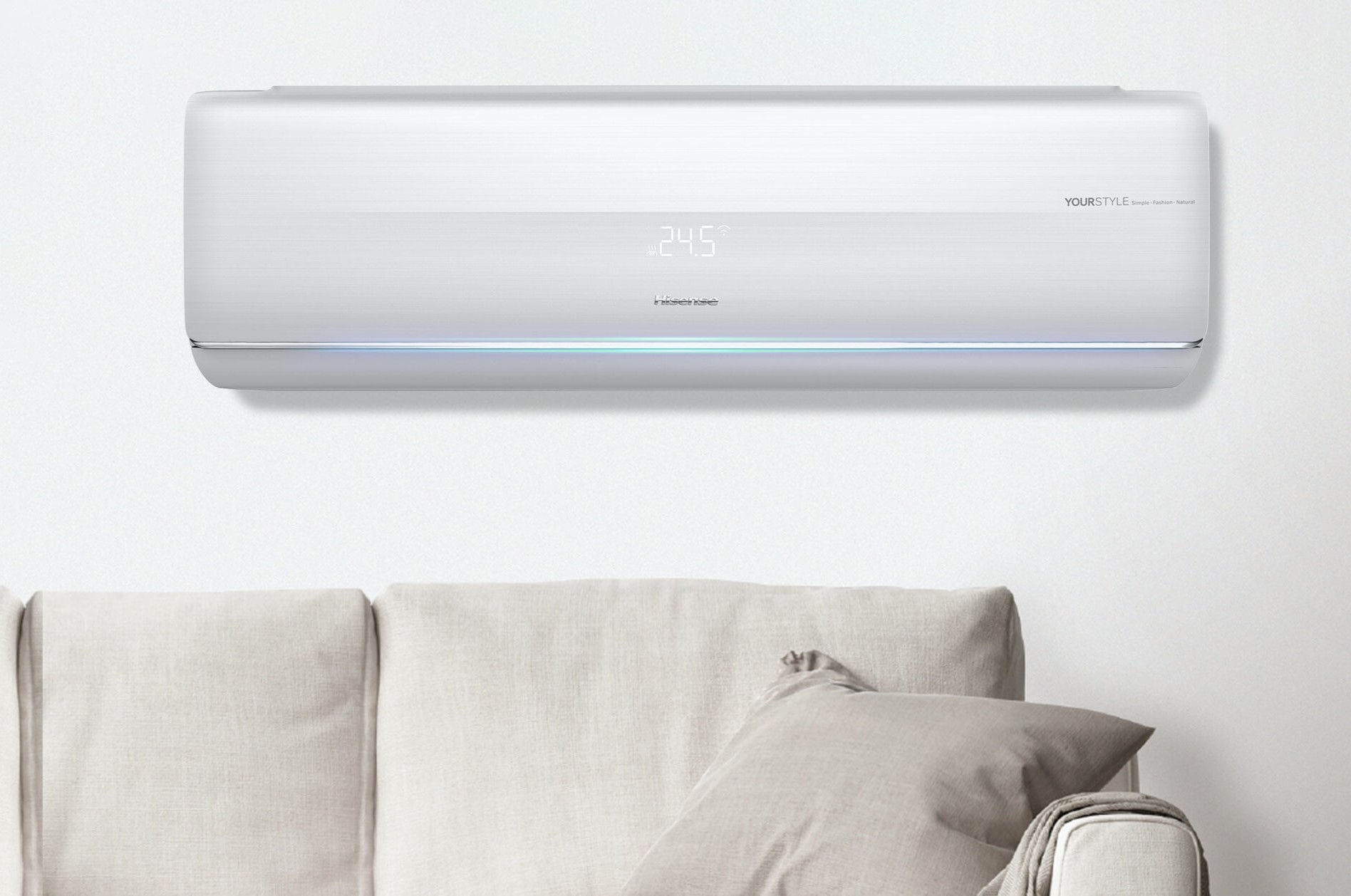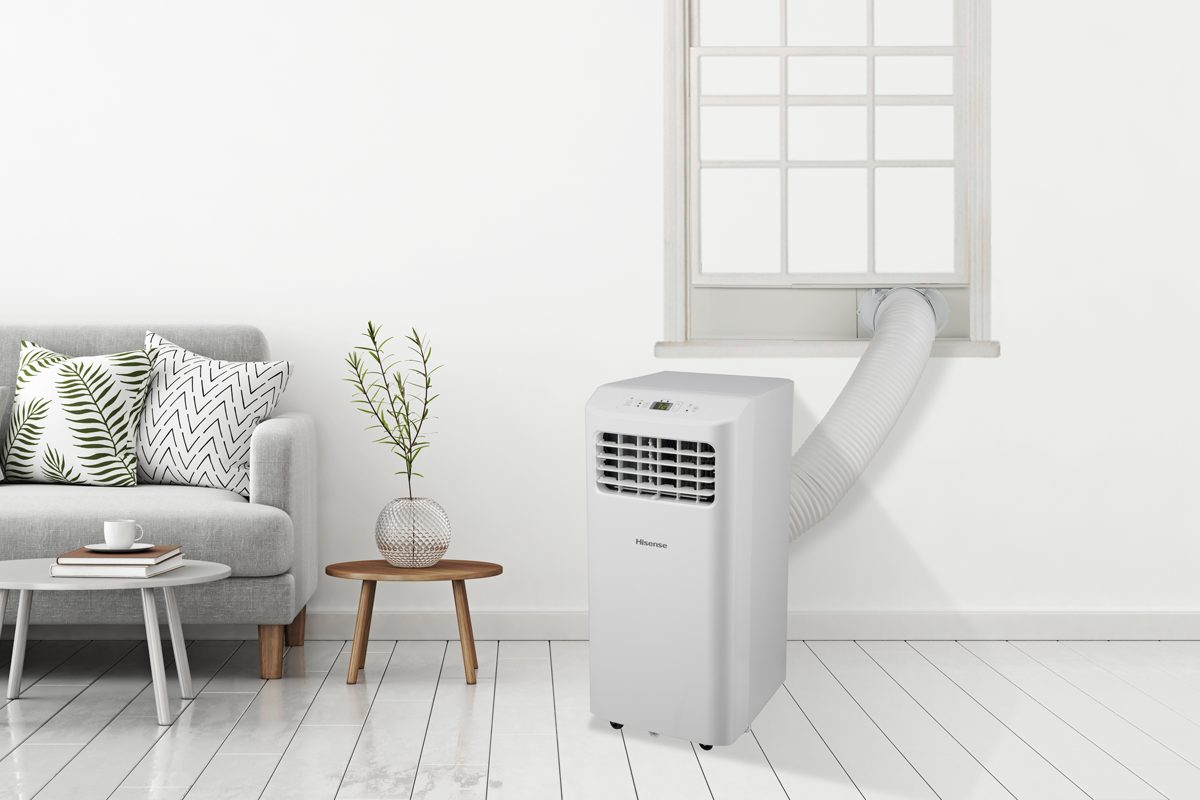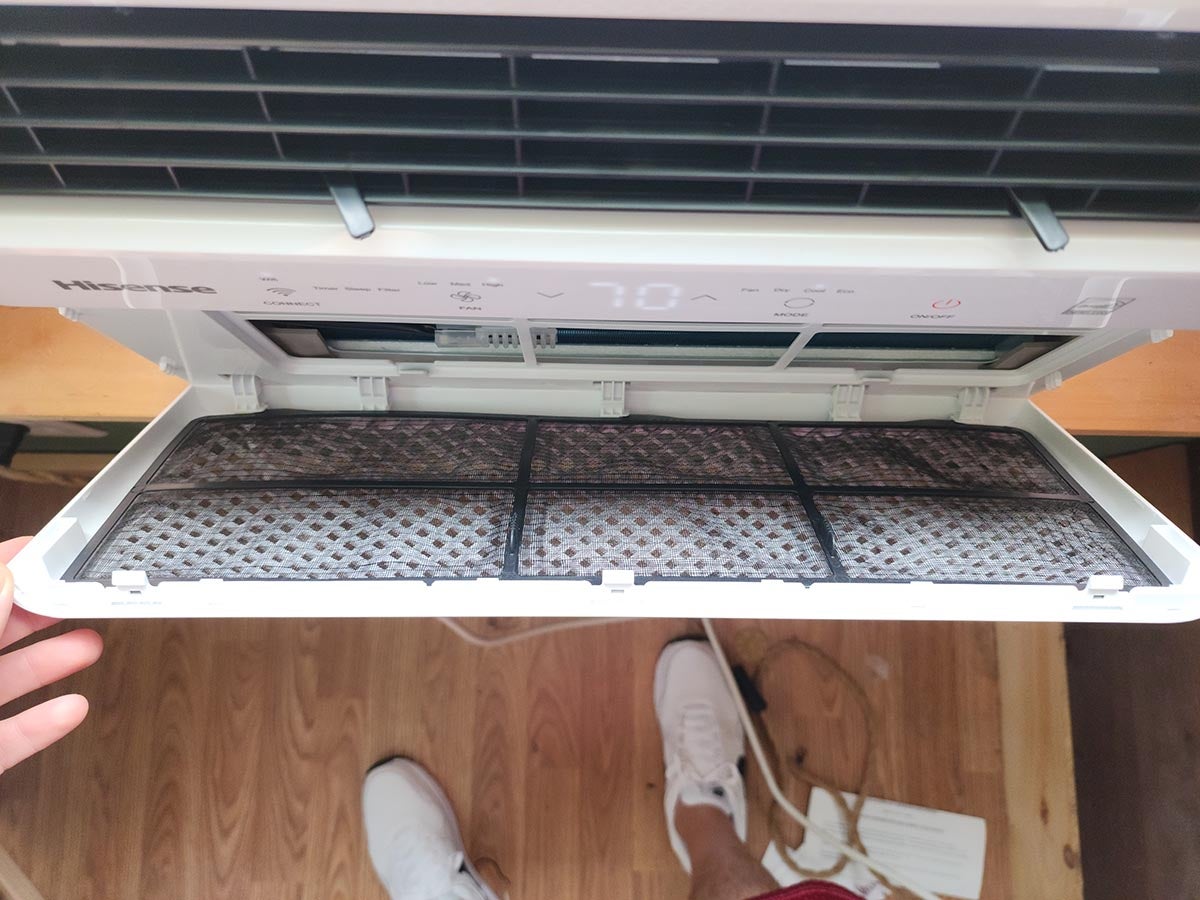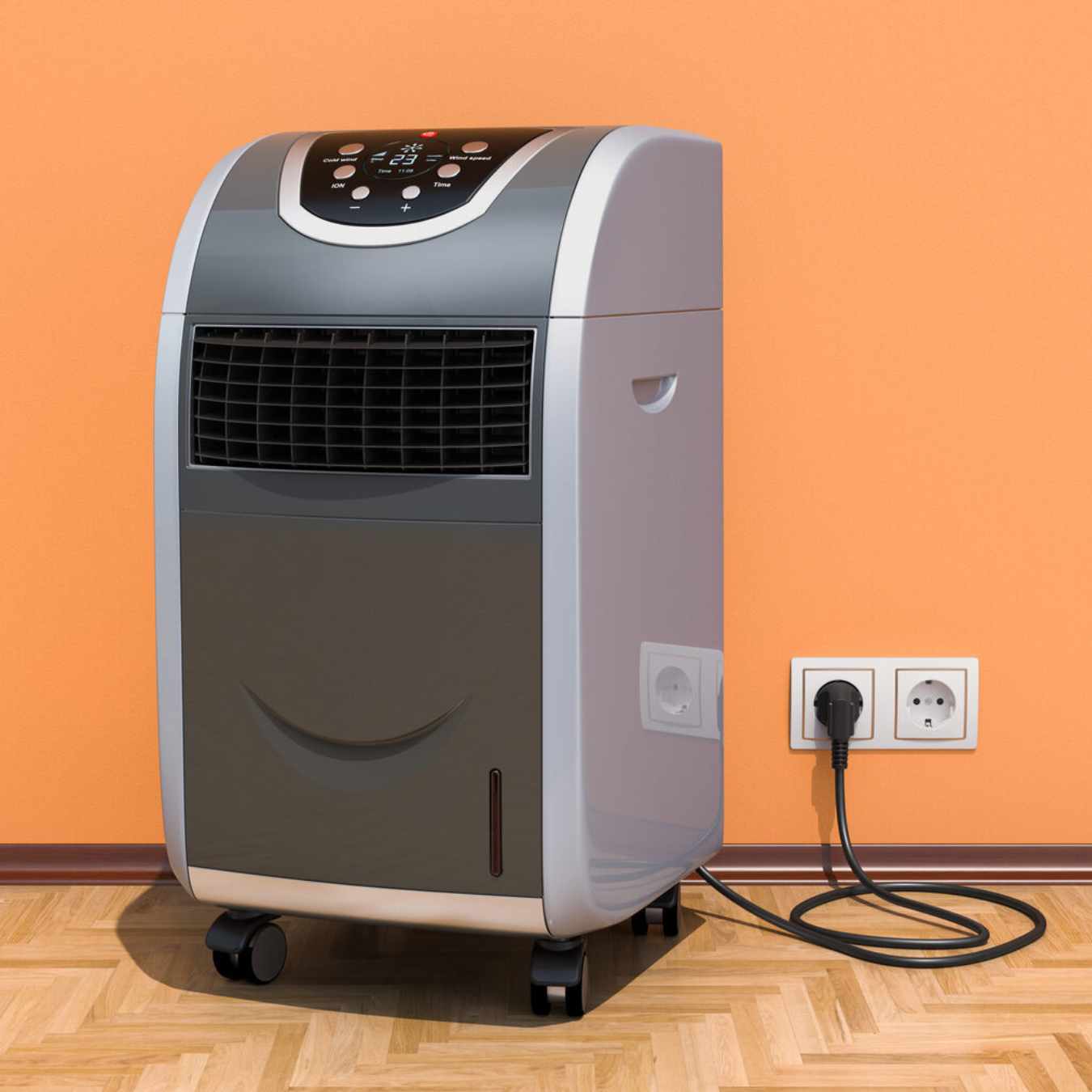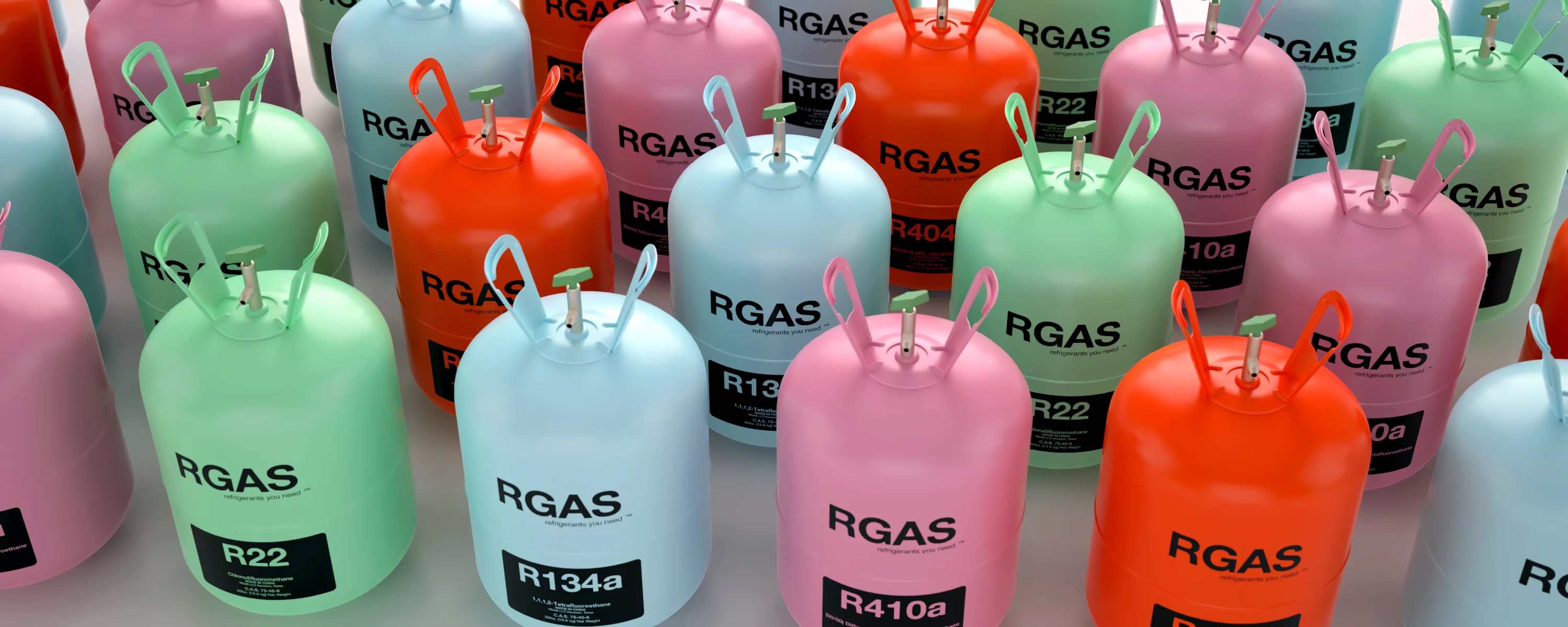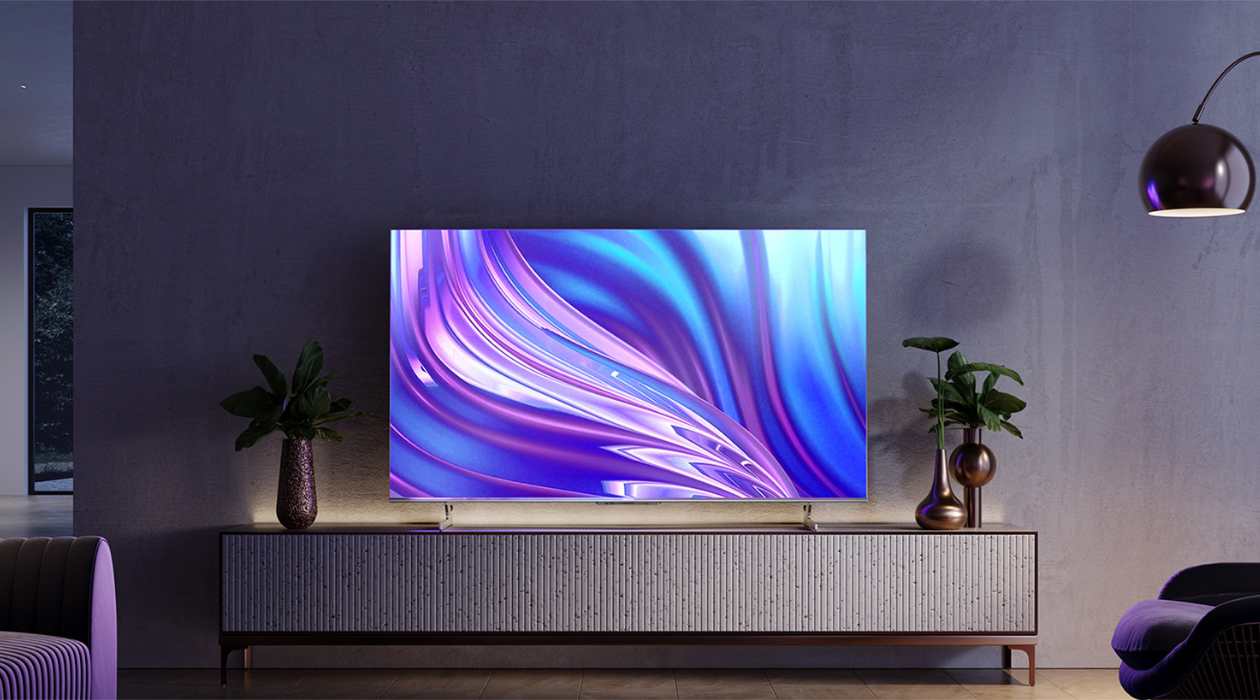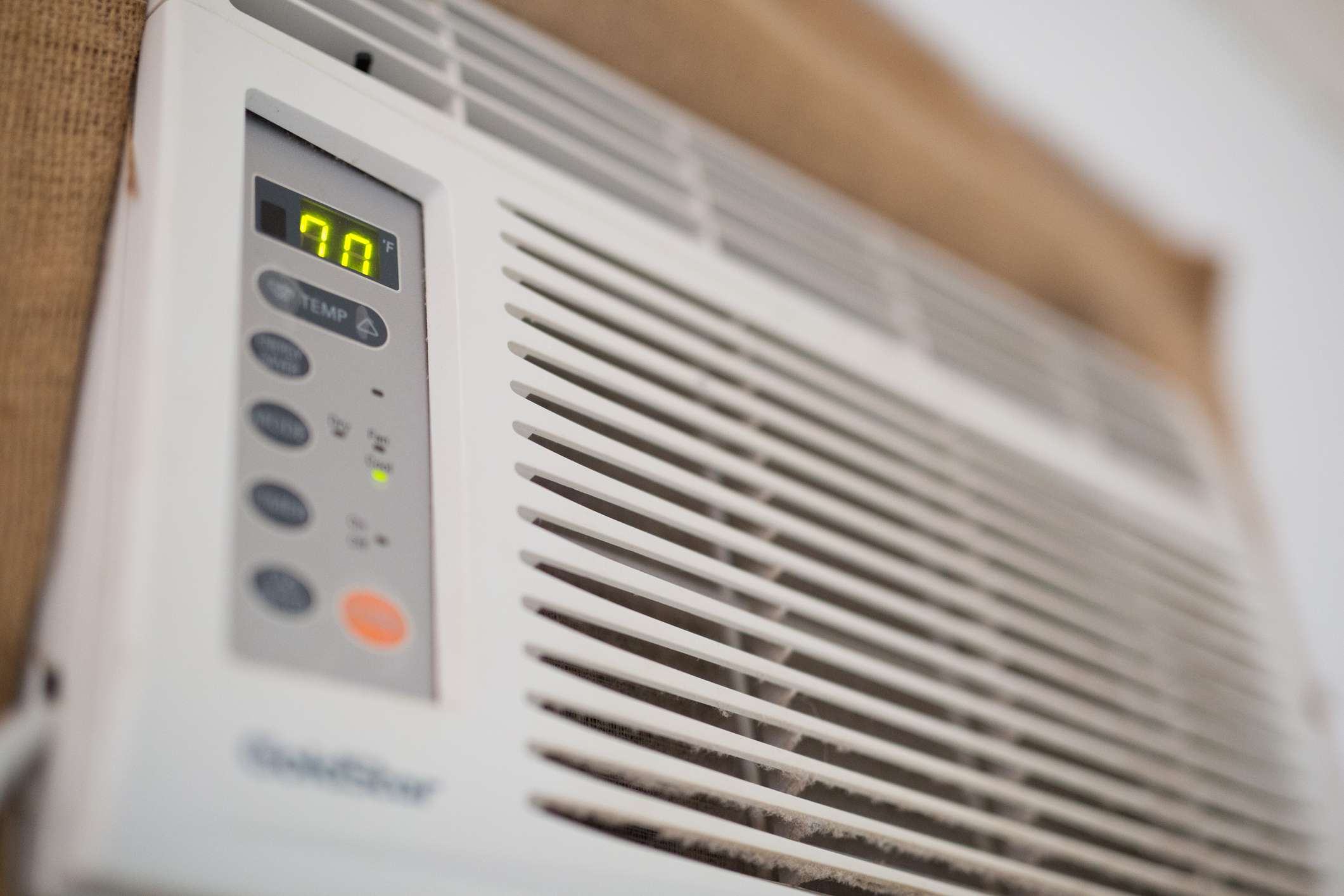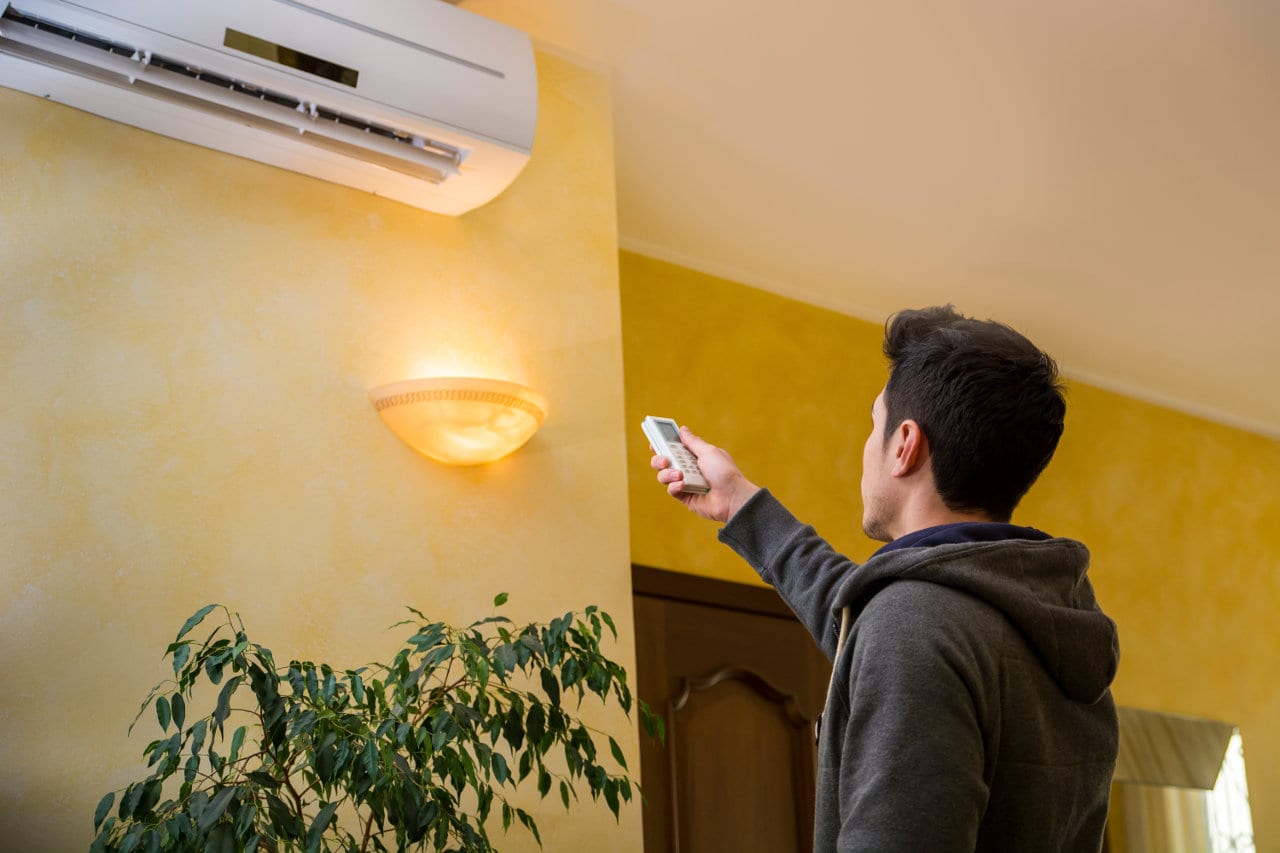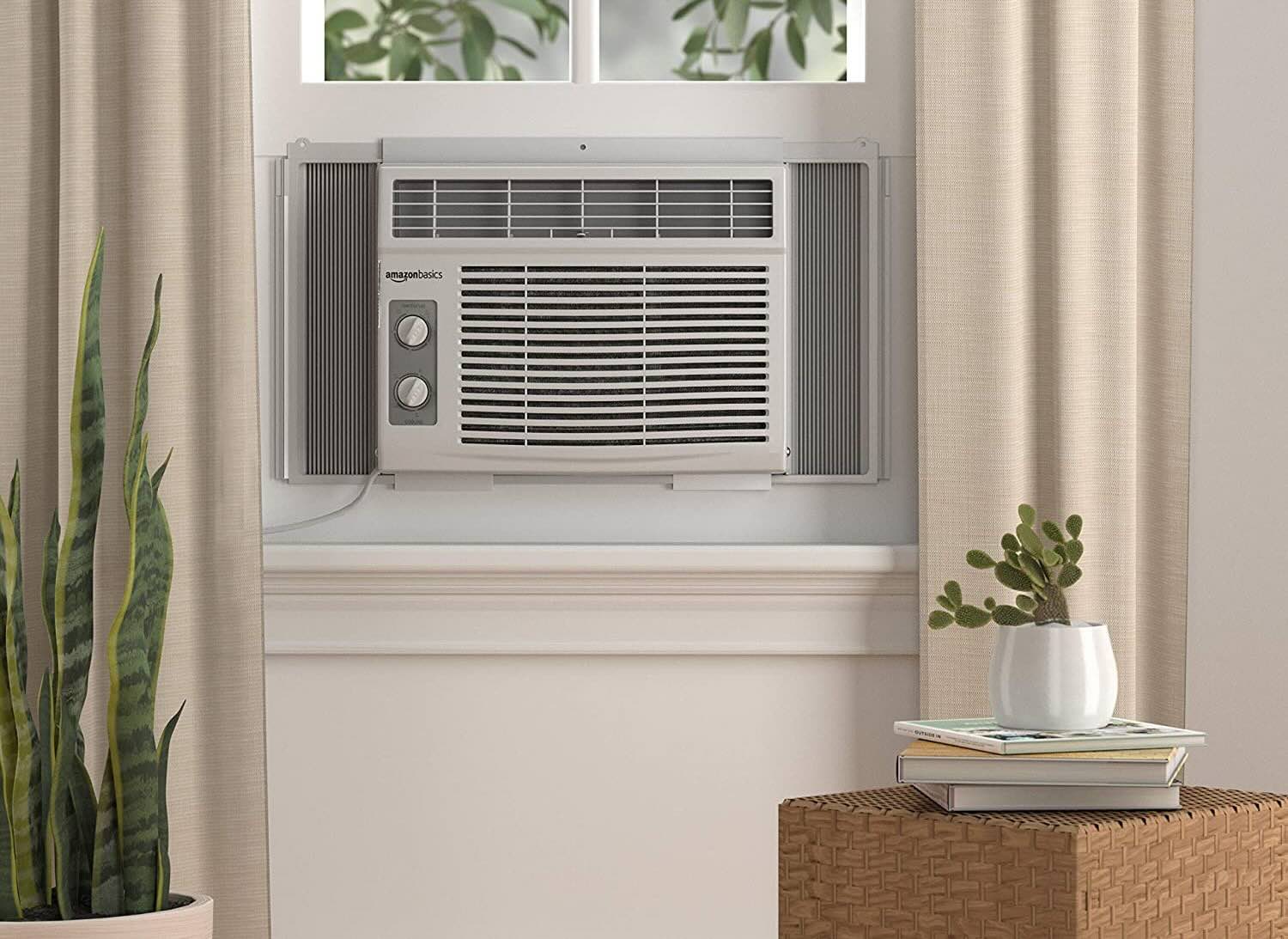Home>Home Maintenance>How To Use Hisense Air Conditioner
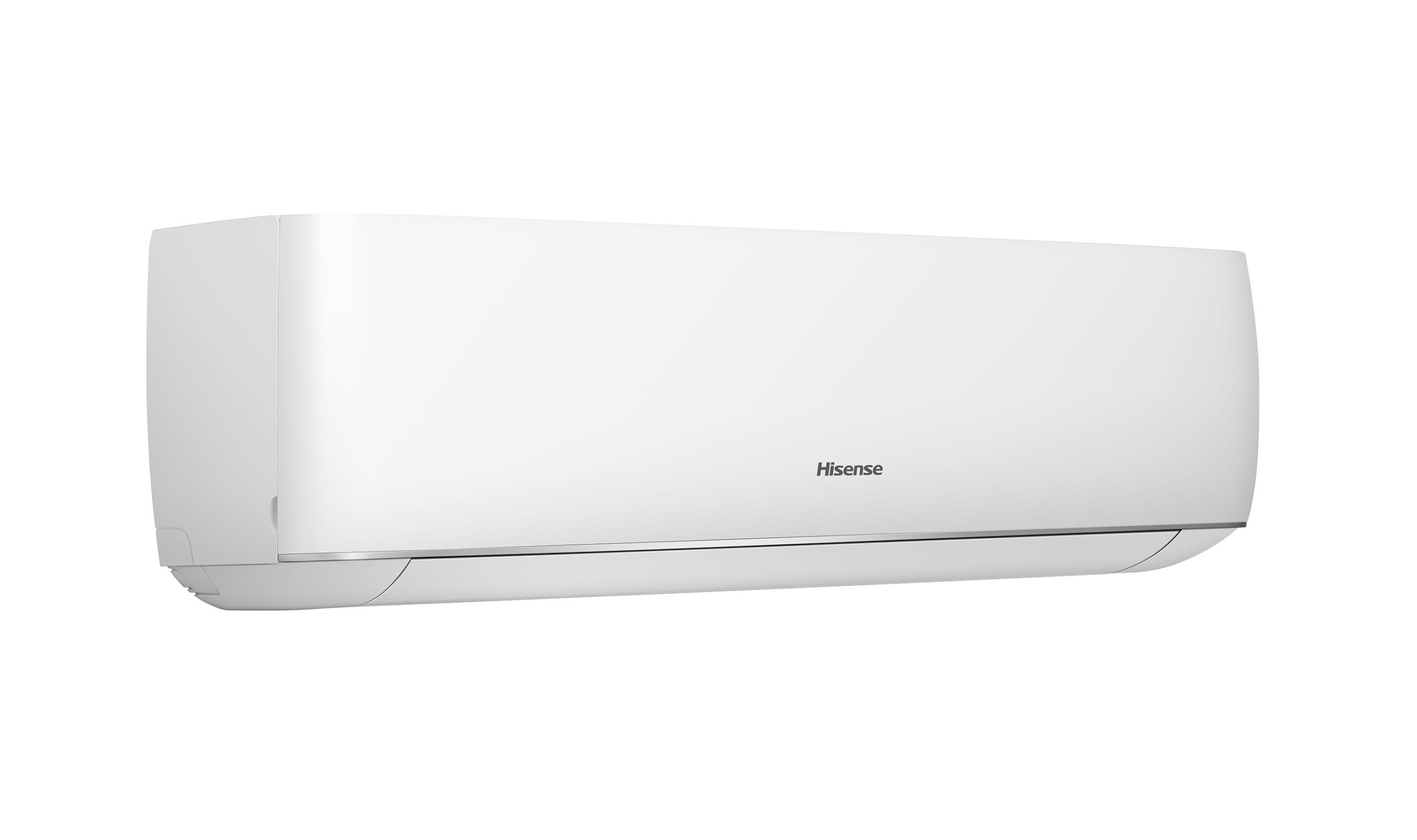

Home Maintenance
How To Use Hisense Air Conditioner
Modified: March 7, 2024
Learn how to efficiently use your Hisense air conditioner for optimal home maintenance. Save energy and create a comfortable environment with our step-by-step guide.
(Many of the links in this article redirect to a specific reviewed product. Your purchase of these products through affiliate links helps to generate commission for Storables.com, at no extra cost. Learn more)
Introduction
Welcome to the world of Hisense Air Conditioners, where comfort and convenience meet. Whether you’re cooling down on a hot summer day or warming up during chilly winter nights, Hisense Air Conditioners have got you covered. With advanced technology and user-friendly features, using a Hisense Air Conditioner is a breeze.
In this guide, we will walk you through the step-by-step process of using your Hisense Air Conditioner effectively. From turning it on to adjusting the temperature, selecting the mode, setting the fan speed, using the timer and sleep functions, and even cleaning and maintenance tips, we’ve got you covered. By the end of this guide, you’ll be an expert at getting the most out of your Hisense Air Conditioner.
Before we dive into the details, let’s take a quick look at the basics. A Hisense Air Conditioner works by pulling in warm air from the room, cooling it down with a refrigerant, and then releasing the cool air back into the room. It also helps to control humidity, creating a comfortable and pleasant indoor environment.
Now, without further ado, let’s get started with the quick start guide to familiarize yourself with the basic functions of your Hisense Air Conditioner.
Key Takeaways:
- Stay comfortable year-round with Hisense Air Conditioners. Quickly start using it with simple steps, and enjoy personalized cooling or heating with mode and fan speed settings. Don’t forget regular cleaning and maintenance for optimal performance.
- Hisense Air Conditioners offer convenient features like Timer and Sleep mode for scheduled operation and comfortable sleep. Remember to troubleshoot common issues and seek professional help when needed. Enjoy a refreshing indoor environment with Hisense!
Quick Start Guide
If you’re in a hurry and just want to cool down or warm up your space quickly, this quick start guide will show you the essential steps to get your Hisense Air Conditioner up and running:
- Make sure the power cord is securely plugged into the electrical outlet.
- Locate the power button on the control panel or remote control and press it to turn on the air conditioner.
- Choose the desired mode (cooling, heating, or fan-only mode) by pressing the mode button. The mode button is typically labeled with icons representing the different modes.
- Set the desired temperature by using the temperature up and down buttons. The temperature range is typically displayed on the control panel or remote control.
- Adjust the fan speed according to your preference using the fan speed button. You can choose from low, medium, or high fan speed settings.
- Enjoy the comfort of cool or warm air flowing from your Hisense Air Conditioner.
That’s it! With just a few simple steps, you can quickly start using your Hisense Air Conditioner to create a comfortable environment in your home or office.
However, if you want to explore the full range of features and settings that your Hisense Air Conditioner has to offer, keep reading as we delve into the different functions in more detail.
Turning on the Air Conditioner
To turn on your Hisense Air Conditioner, follow these steps:
- Make sure the power cord is securely plugged into an electrical outlet.
- Locate the power button on either the control panel of the air conditioner or the remote control.
- Press the power button to turn on the air conditioner. You may hear a beep or see a light indicating that the unit is powered on.
- Wait for a few moments as the air conditioner initializes and prepares to start cooling or heating the room.
Once the air conditioner is turned on, you can proceed to adjust the settings to your desired comfort level.
It’s worth noting that some Hisense Air Conditioner models may have additional features, such as a display panel with touch controls or a Wi-Fi connection for remote operation. Consult the user manual specific to your model for detailed instructions on how to turn on the air conditioner.
Now that your Hisense Air Conditioner is up and running, let’s explore how to adjust the temperature for optimal comfort.
Adjusting the Temperature
Adjusting the temperature on your Hisense Air Conditioner allows you to create the perfect indoor environment to suit your comfort needs. Here’s how you can do it:
- Locate the temperature controls on either the control panel or the remote control of your air conditioner.
- Use the temperature up and down buttons to set your desired temperature. The temperature range is typically displayed on the control panel or remote control.
- As you adjust the temperature, you will notice the display changing to reflect your selection.
- Wait for a few moments for the air conditioner to adjust the airflow and temperature to reach the desired level.
- If you find that the temperature is too warm or too cold, you can always readjust the temperature until you achieve the desired comfort level.
Remember, it’s important to find a temperature that suits your personal preference without causing excessive energy consumption. Experiment with different settings to find the ideal balance.
In addition to adjusting the temperature, you can also select different modes on your Hisense Air Conditioner to customize your cooling or heating experience. Let’s explore the various modes available.
Selecting the Mode
Your Hisense Air Conditioner offers different modes to cater to your specific cooling or heating needs. Here are the common modes you can select:
- Cooling Mode: This mode is ideal for hot summer days when you want to lower the temperature in the room. When in cooling mode, the air conditioner will remove heat and humidity from the air, creating a cool, comfortable environment.
- Heating Mode: When the temperature drops and you need to warm up your space, the heating mode comes to the rescue. In heating mode, the air conditioner will generate warm air and distribute it throughout the room.
- Fan Mode: If you’re not in need of cooling or heating, you can use the fan mode to circulate the air in the room. This mode is useful for providing a gentle breeze or for improving air circulation within the space.
- Auto Mode: The auto mode is a convenient setting that allows the air conditioner to automatically select the appropriate mode based on the ambient temperature. It will switch between cooling and heating modes as needed to maintain a comfortable temperature.
- Dry Mode: If the humidity level in the room is high, the dry mode can help reduce it. This mode focuses on removing excess moisture from the air, providing a more comfortable atmosphere.
To select the desired mode on your Hisense Air Conditioner, locate the mode button on the control panel or remote control. Press the mode button repeatedly until you reach the desired mode. The selected mode will be displayed on the control panel or indicated on the remote control.
Experiment with different modes to find the one that suits your needs at any given time. Whether you want to cool down, warm up, or simply improve air circulation, the mode selection feature on your Hisense Air Conditioner has got you covered.
Next, let’s learn how to adjust the fan speed for optimal air distribution.
Setting the Fan Speed
Your Hisense Air Conditioner offers multiple fan speed settings to customize the airflow in your space. Here’s how you can adjust the fan speed:
- Locate the fan speed button on the control panel or remote control of your air conditioner.
- Press the fan speed button to cycle through the available options, which typically include low, medium, and high settings.
- As you change the fan speed, you will notice the airflow intensity adjusting accordingly.
- Choose the fan speed setting that suits your preference and desired level of cooling or heating.
In general, the low fan speed setting is suitable for providing a gentle breeze and maintaining a quiet environment. The medium fan speed setting offers a balance between airflow and noise level. The high fan speed setting provides maximum airflow, which can be beneficial when you need to cool or heat the room quickly.
Experiment with different fan speed settings to find the one that offers the optimal balance of comfort and noise level for your specific needs.
Now that you know how to adjust the fan speed, let’s explore the Timer function, which allows you to conveniently schedule the operation of your Hisense Air Conditioner.
When using your Hisense air conditioner, make sure to clean or replace the air filters regularly to maintain efficient operation and improve air quality.
Using the Timer Function
The Timer function on your Hisense Air Conditioner allows you to schedule the operation of the unit in advance. Whether you want to ensure a comfortable temperature when you wake up in the morning or come home from work, or if you would like the air conditioner to turn off after a set period, the Timer function has got you covered.
Here’s how you can use the Timer function on your Hisense Air Conditioner:
- Locate the Timer button on the control panel or remote control.
- Press the Timer button to access the Timer settings.
- Use the up and down buttons to set the desired time at which you want the air conditioner to turn on or off. This includes the specific hour and minute.
- Once you have set the desired time, confirm the selection by pressing the Timer button again.
- The Timer function is now activated, and the air conditioner will automatically turn on or off at the specified time.
This function is particularly useful when you know beforehand when you will need the air conditioner to start or stop operating. It helps save energy and ensures that your space is at the desired temperature when you need it.
Remember to adjust the temperature and mode settings before activating the Timer function to ensure that the air conditioner is set to the desired settings when it turns on.
Now that you know how to use the Timer function, let’s explore the Sleep mode, which is designed to create a comfortable sleeping environment.
Using the Sleep Mode
The Sleep mode feature on your Hisense Air Conditioner is specifically designed to create a comfortable and optimal sleeping environment. With Sleep mode, you can enjoy uninterrupted rest while ensuring energy efficiency. Here’s how you can use the Sleep mode:
- Locate the Sleep mode button on the control panel or remote control.
- Press the Sleep mode button to activate the feature.
- The air conditioner will adjust its operation to create a comfortable sleeping environment. This includes gradually adjusting the temperature and fan speed to maintain a comfortable and quiet atmosphere.
- In Sleep mode, the air conditioner will typically operate at a slightly higher temperature during cooling mode or a slightly lower temperature during heating mode to help save energy while still ensuring your comfort.
- Sleep mode is usually programmed to operate for a specific duration, often 6-8 hours, to align with a typical sleep cycle. After the preset time, the air conditioner will return to its previous settings or turn off automatically.
Using Sleep mode not only provides a comfortable sleeping environment but also helps reduce energy consumption, making it an environmentally friendly option. Having a good night’s sleep is crucial for your overall well-being, and Sleep mode ensures that you can enjoy a restful slumber.
Now that you know how to use the Sleep mode on your Hisense Air Conditioner, it’s important to learn about cleaning and maintenance to keep your unit in optimal condition.
Cleaning and Maintenance
Regular cleaning and maintenance of your Hisense Air Conditioner are essential to ensure efficient performance and prolong its lifespan. Here are some important steps to follow:
- Before starting any cleaning or maintenance, make sure to turn off the air conditioner and unplug it from the power source to ensure safety.
- Remove any dust or debris from the air intake grille and filters using a soft brush or vacuum cleaner with a brush attachment. Cleaning the filters regularly will help maintain optimal airflow and prevent clogging.
- If the filters are washable, gently remove them from the unit and clean them with warm soapy water. Rinse thoroughly and allow them to dry completely before reinstalling them. If the filters are not washable, replace them according to the manufacturer’s instructions.
- Wipe the exterior surfaces of the air conditioner with a damp cloth to remove any dust or dirt buildup. Avoid using harsh chemicals or abrasive cleaners that may damage the unit’s finish.
- Check the condensate drain pipe for any blockages. If you notice any clogs, use a small brush or pipe cleaner to remove the debris and ensure proper drainage.
- Inspect the air conditioner’s coils for any dirt or debris. Use a coil cleaner or a mixture of mild detergent and water to gently clean the coils. Be careful not to bend or damage the fins during the cleaning process.
- Once you have completed the cleaning process, allow all the components to dry thoroughly before reassembling or turning on the air conditioner.
It’s important to perform regular maintenance at least once every few months to ensure efficient operation and prevent any potential issues caused by dirt or debris buildup.
In addition to cleaning, it’s recommended to schedule professional servicing and maintenance on an annual basis to check for any repairs or adjustments that may be needed.
Proper cleaning and maintenance of your Hisense Air Conditioner will not only improve its performance but also contribute to cleaner indoor air quality and extend its overall lifespan.
Now that you know how to clean and maintain your Hisense Air Conditioner, let’s briefly touch upon troubleshooting common issues that you may encounter.
Troubleshooting
While Hisense Air Conditioners are known for their reliability, occasional issues may arise. Here are some common troubleshooting tips to help you resolve any minor problems you may encounter:
- If the air conditioner does not turn on, check if it is properly plugged into a power outlet and ensure that the power supply is functioning.
- If the air conditioner is not cooling or heating effectively, check if the filters are clean and not clogged. Dirty filters can restrict airflow and impact performance. Clean or replace the filters if necessary.
- If you experience uneven cooling or heating, check if the air vents are open and not obstructed by furniture or other objects. Ensure that the air conditioner is set to the appropriate mode and fan speed.
- If there is an unusual noise coming from the air conditioner, it may indicate a loose component or debris in the unit. Turn off the air conditioner and check for any loose screws or foreign objects. Remove any obstructions and tighten any loose components.
- If the air conditioner is emitting a strange odor, it could be due to bacteria or mold growth. Clean the filters and coils thoroughly, and consider using an air conditioner cleaner or deodorizer specifically designed for this purpose.
- If none of the above troubleshooting steps resolve the issue, refer to the user manual provided with your Hisense Air Conditioner or contact customer support for further assistance. They will be able to provide specific guidance based on your model and the nature of the problem.
Remember, it’s always recommended to seek professional help for complex issues or if you’re unsure about any aspect of troubleshooting.
By following these troubleshooting tips, you can often resolve minor issues and ensure that your Hisense Air Conditioner continues to operate smoothly and efficiently for years to come.
Now that you have a good understanding of how to troubleshoot, clean, and maintain your Hisense Air Conditioner, let’s wrap up this guide.
Conclusion
Congratulations! You are now equipped with the knowledge and skills to effectively use and maintain your Hisense Air Conditioner. With its user-friendly features, you can create a comfortable indoor environment all year round.
In this guide, we covered the essential steps to quickly start using your air conditioner, including turning it on, adjusting the temperature, selecting the mode, setting the fan speed, using the timer function, and activating sleep mode for a restful sleep.
We also discussed the importance of regular cleaning and maintenance to ensure optimal performance and prolong the lifespan of your unit. By following the cleaning guidelines and addressing common troubleshooting issues, you can resolve minor problems and enjoy seamless operation.
Remember to consult the user manual specific to your Hisense Air Conditioner model for detailed instructions and seek professional assistance when needed.
We hope that this guide has empowered you to make the most of your Hisense Air Conditioner and enjoy a comfortable and refreshing indoor environment. Stay cool in the summer, warm in the winter, and always breathe easy with your Hisense Air Conditioner by your side.
Thank you for choosing Hisense and happy cooling (or heating)!
Frequently Asked Questions about How To Use Hisense Air Conditioner
Was this page helpful?
At Storables.com, we guarantee accurate and reliable information. Our content, validated by Expert Board Contributors, is crafted following stringent Editorial Policies. We're committed to providing you with well-researched, expert-backed insights for all your informational needs.
